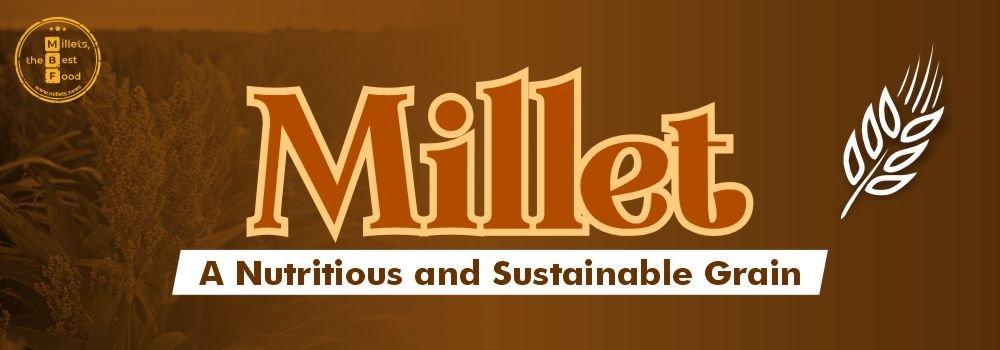
A recent study highlighted the negative impacts of removing the bran layer from millets. This process, known as debranning, reduces the nutritional value of these ancient grains. What are the key takeaways from the article Nutritional Impact of De-branning: Removing the bran layer significantly reduces the content of essential nutrients like protein, fiber, minerals, and antioxidants. This, in turn, increases the glycemic index, leading to a faster rise in blood sugar levels.
Reasons for De-branning: De-branning and polishing millets are done to extend their shelf life and reduce cooking time. However, modern techniques like vacuum-sealing can preserve whole-grain millets without compromising their nutritional value.
Health Benefits of Millets: Whole-grain millets are packed with essential nutrients, including iron, zinc, and calcium. They are rich in bioactive compounds that offer numerous health benefits. Consuming millets :
Help to prevent diabetes.
Manage cholesterol levels.
Aid in weight loss.
Reduce blood pressure.
Additionally, they are gluten-free and have a low glycemic index, making them suitable for people with celiac disease or diabetes.
Key Facts About Millets
Millets are a group of small-seeded grasses cultivated as grain crops, primarily in dry regions. Common Millets in India: India is home to a variety of millets, including
Ragi (finger millet)
Jowar (sorghum)
Sama (little millet)
Bajra (pearl millet),
Variga (proso millet).
Global Production: India is the world's largest producer and exporter of millets, followed by Niger and China. Millet Promotion: The year 2023 was declared the International Year of Millets by the Food and Agriculture Organization (FAO) to promote the cultivation and consumption of these nutritious grains. Environmental Benefits: Millets are highly drought-tolerant and can thrive in arid and semi-arid regions. They require minimal water, fertilizers, and pesticides, making them a sustainable and eco-friendly crop. By choosing whole-grain millets, we can reap the numerous health benefits they offer while contributing to sustainable agriculture.
© 2023 - 2025 Millets News. All rights reserved.